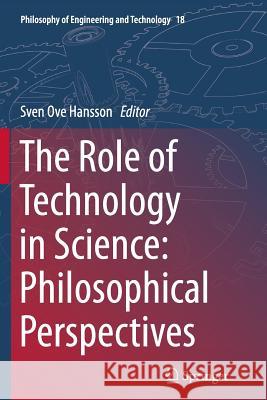The Role of Technology in Science: Philosophical Perspectives » książka
topmenu
The Role of Technology in Science: Philosophical Perspectives
ISBN-13: 9789402406924 / Angielski / Miękka / 2016 / 258 str.
Kategorie BISAC:
Wydawca:
Springer
Seria wydawnicza:
Język:
Angielski
ISBN-13:
9789402406924
Rok wydania:
2016
Wydanie:
Softcover Repri
Numer serii:
000391450
Ilość stron:
258
Waga:
0.38 kg
Wymiary:
23.39 x 15.6 x 1.45
Oprawa:
Miękka
Wolumenów:
01
Dodatkowe informacje:
Wydanie ilustrowane











